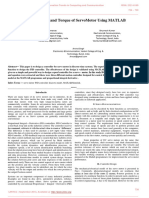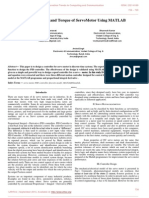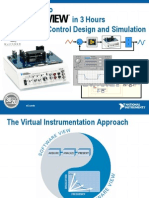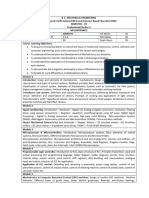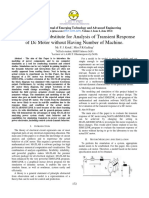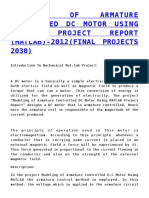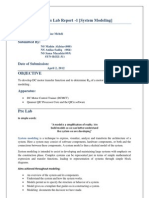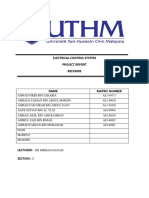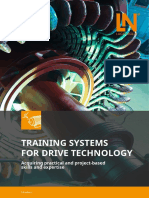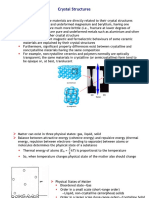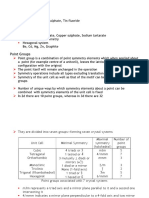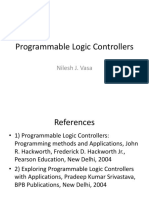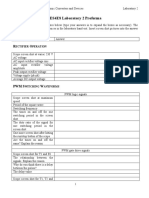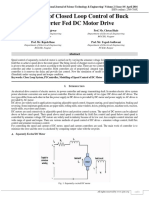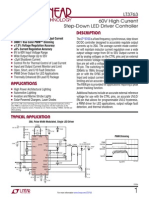0% found this document useful (0 votes)
60 views40 pagesPWM, Control Modelling
This document contains summaries of two courses on mechatronics system design:
1. The first course covers topics like different types of actuators, control systems, programmable logic controllers, mathematical modeling using transfer functions and bond graphs, and system integration using embedded systems and hardware design.
2. The second course focuses on pulse width modulation control, modeling dynamic systems, and integrating systems using embedded hardware and software design. It also includes notes on electric vehicle components, DC motor control using PWM, and modeling and simulating mechatronic systems.
Uploaded by
Gayathri Shrushti. V mm19b031Copyright
© © All Rights Reserved
We take content rights seriously. If you suspect this is your content, claim it here.
Available Formats
Download as PDF, TXT or read online on Scribd
0% found this document useful (0 votes)
60 views40 pagesPWM, Control Modelling
This document contains summaries of two courses on mechatronics system design:
1. The first course covers topics like different types of actuators, control systems, programmable logic controllers, mathematical modeling using transfer functions and bond graphs, and system integration using embedded systems and hardware design.
2. The second course focuses on pulse width modulation control, modeling dynamic systems, and integrating systems using embedded hardware and software design. It also includes notes on electric vehicle components, DC motor control using PWM, and modeling and simulating mechatronic systems.
Uploaded by
Gayathri Shrushti. V mm19b031Copyright
© © All Rights Reserved
We take content rights seriously. If you suspect this is your content, claim it here.
Available Formats
Download as PDF, TXT or read online on Scribd
/ 40


